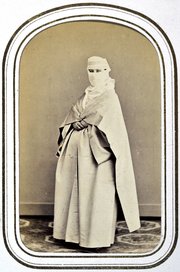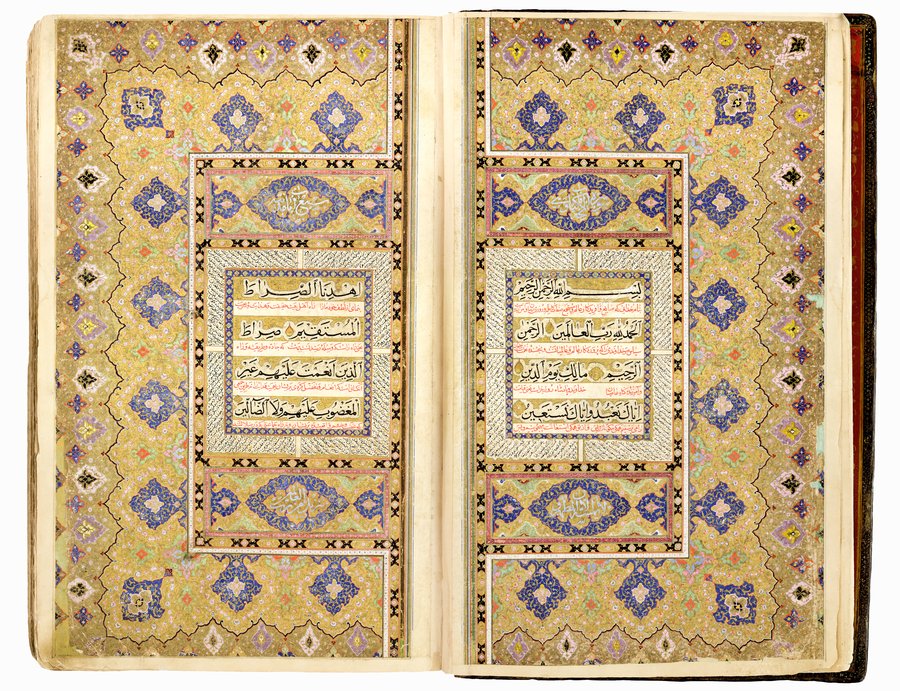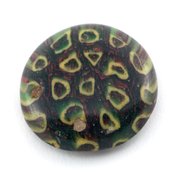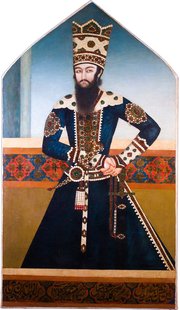
Manuscript copy of the Qur’an
Museum of Islamic Art
- Title:
- Manuscript copy of the Qur’an
- Artist:
- Muhammad Sadiq ibn Hajji Muhammad al-Mashhadi
- Production place:
- India
- Date:
- 1659 - 1660
- Period:
- Mughal
- Title:
- Manuscript copy of the Qur’an
- Artist:
- Muhammad Sadiq ibn Hajji Muhammad al-Mashhadi
- Production place:
- India
- Date:
- 1659 - 1660
- Period:
- Mughal
- Material:
- Paper, Ink, Gouache, Gold, Leather, Lacquer
- Technique:
- Bookbinding, Calligraphy, Illumination, Lacquering
- Dimensions:
- 38.2 × 25.2 × 6.2
This large Mughal Qur'an comprises of four hundred and fourteen handwritten and illuminated folios. Written in relatively large naskh script, the text is accompanied by a Persian translation and commentary also written in naskh. The commentary is written with exceptional clarity in the outer borders, with certain words underlined in gold and sentences demarcated by gold discs. The Qur'an's opening pages (folios 1a – 2b) each contain a saying of the Prophet written in white naskh against a gold ground, set within a succession of poly-lobed medallions forming a radiating star. Richly illuminated, the ground is further ornamented with light, dark blue, and white flowers reminiscent of a carpet design. The opening surah (2b-3a) has four lines of black naskh script written within a rectangular panel surrounded by an illuminated border. The remaining pages of the manuscript all have gold sprinkled borders. Rather unusually, the surah headings – which appear in medallions – are each written in violet riqa script. Equally unusual is the colophon, which appears inconspicuously in the upper left corner of the manuscript's last page (in the al-Nas surah), recording the scribe's name and date, Muhammad Sadiq ibn Hajji Muhammad al-Mashhadi, 1070 AH (1659-1660 CE). In the bottom right-hand margin is a further note by the scribe, mentioning the Qur'anic marginal commentary and providing another date, 1087 AH (1676 CE). Although nothing is known of this scribe, he was clearly a master calligrapher; furthermore, while a period of sixteen years spans between these two recorded dates, the main text, interlinear translation, commentary and illumination were probably all planned at the outset.



